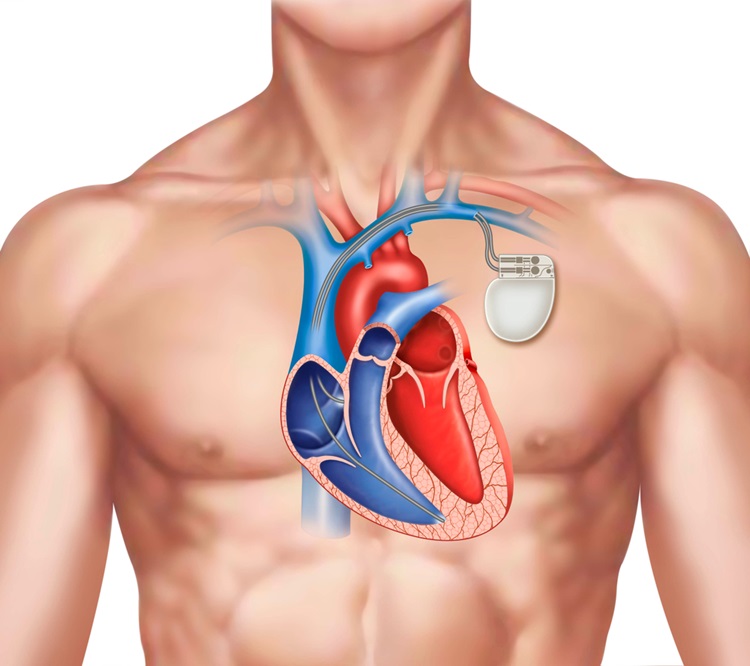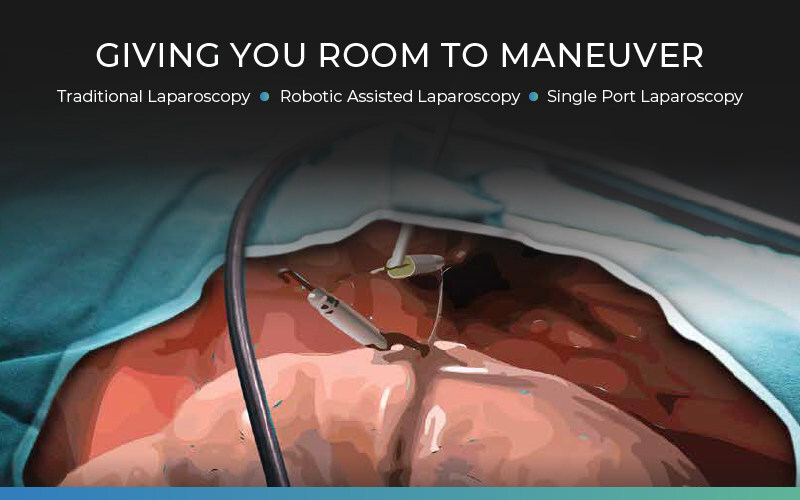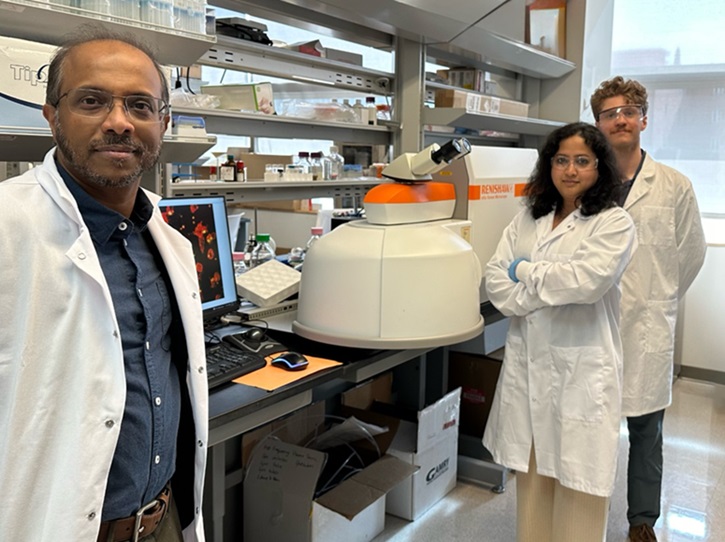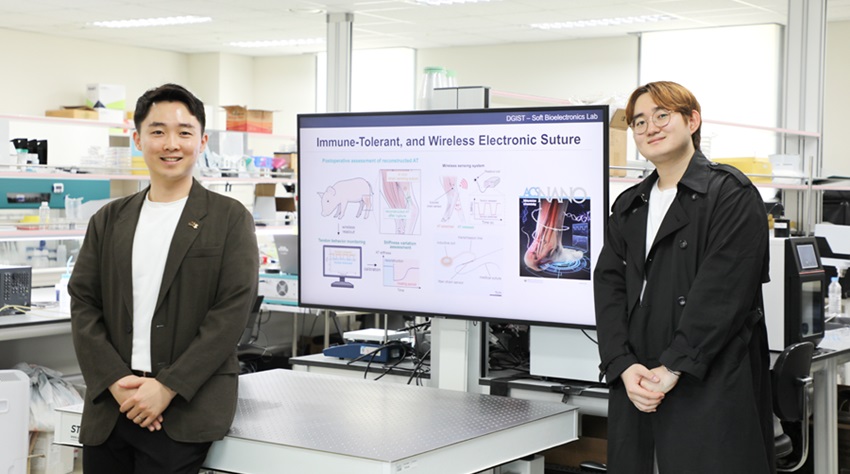Medical and Imaging Technologies Transform Healthcare Sector
|
By HospiMedica International staff writers Posted on 06 Oct 2015 |
An array of sophisticated inventions in medical devices, diagnostics, and imaging from diverse industries will remain at the heart of medical diagnosis and treatment, with the potential to address needs across developed, developing, and emerging countries.
The Frost & Sullivan (Frost; London, United Kingdom) Top Medical Device and Imaging Technologies 2015 report contends that growth in the healthcare industry will center around 10 technologies: surgical robots, digital pathology, neuroprosthetics, surgical laser, smart pills, optical imaging, health informatics, integrated vital signs monitoring, artificial organs, and four-dimensional (4-D) ultrasound imaging. The Frost report throws light on each technology capability, maturity, global research intensity, adoption over the short and medium terms, and funding activities.
A common thread connecting the 10 solutions is their scope for convergence with non-medical platforms, which is part of the reason non-healthcare businesses such as Google (Menlo Park, CA, USA) and IBM (Armonk, NY, USA) invest in these technologies. The constant promotion of innovations in electronics, sensors, information technology, and advanced manufacturing is actively empowering product and technology progress in medical and imaging devices.
“The strong merits of the top 10 medical device and imaging technologies attract the attention of large and small healthcare companies alike,” said Bhargav Rajan, a senior research analyst at Technical Insights, the technology consulting arm of Frost. “Traditionally, cautious tier-1 firms stake claim in these pioneering modalities directly or indirectly through funding, tie-ups, and acquisitions.”
While some of these modalities, such as neuroprosthesis and hybrid imaging are moving towards commercialization, other technologies, including smart pills and surgical robots, are already in use, and will find widespread utilization across applications. Once commercialized, Frost foresees that these multidisciplinary medical and imaging devices will consistently influence market potential, research and development, and global adoption over several years.
“Stringent regulatory requirements as well as a competitive intellectual property landscape prolong the time-to-market and strain returns on investment,” added Mr. Rajan. “Collaborative and multi-cluster advancements in conjunction with non-healthcare industries will significantly reduce development times and lower barriers to market entry.”
Related Links:
Frost & Sullivan
Google
IBM
The Frost & Sullivan (Frost; London, United Kingdom) Top Medical Device and Imaging Technologies 2015 report contends that growth in the healthcare industry will center around 10 technologies: surgical robots, digital pathology, neuroprosthetics, surgical laser, smart pills, optical imaging, health informatics, integrated vital signs monitoring, artificial organs, and four-dimensional (4-D) ultrasound imaging. The Frost report throws light on each technology capability, maturity, global research intensity, adoption over the short and medium terms, and funding activities.
A common thread connecting the 10 solutions is their scope for convergence with non-medical platforms, which is part of the reason non-healthcare businesses such as Google (Menlo Park, CA, USA) and IBM (Armonk, NY, USA) invest in these technologies. The constant promotion of innovations in electronics, sensors, information technology, and advanced manufacturing is actively empowering product and technology progress in medical and imaging devices.
“The strong merits of the top 10 medical device and imaging technologies attract the attention of large and small healthcare companies alike,” said Bhargav Rajan, a senior research analyst at Technical Insights, the technology consulting arm of Frost. “Traditionally, cautious tier-1 firms stake claim in these pioneering modalities directly or indirectly through funding, tie-ups, and acquisitions.”
While some of these modalities, such as neuroprosthesis and hybrid imaging are moving towards commercialization, other technologies, including smart pills and surgical robots, are already in use, and will find widespread utilization across applications. Once commercialized, Frost foresees that these multidisciplinary medical and imaging devices will consistently influence market potential, research and development, and global adoption over several years.
“Stringent regulatory requirements as well as a competitive intellectual property landscape prolong the time-to-market and strain returns on investment,” added Mr. Rajan. “Collaborative and multi-cluster advancements in conjunction with non-healthcare industries will significantly reduce development times and lower barriers to market entry.”
Related Links:
Frost & Sullivan
IBM
Latest Business News
- Johnson & Johnson Acquires Cardiovascular Medical Device Company Shockwave Medical
- Mindray to Acquire Chinese Medical Device Company APT Medical
- Olympus Acquires Korean GI Stent Maker Taewoong Medical
- Karl Storz Acquires British AI Specialist Innersight Labs
- Stryker to Acquire French Joint Replacement Company SERF SAS
- Medical Illumination Acquires Surgical Lighting Specialist Isolux
- 5G Remote-Controlled Robots to Enable Even Cross-Border Surgeries

- International Hospital Federation Announces 2023 IHF Award Winners
- Unprecedented AI Integration Transforming Surgery Landscape, Say Experts

- New WHO Guidelines to Revolutionize AI in Healthcare
- Getinge Acquires US-Based Medical Equipment Provider Healthmark Industries
- Global Surgical Lights Market Driven by Increasing Number of Procedures
- Global Capsule Endoscopy Market Driven by Demand for Accurate Diagnosis of Gastrointestinal Conditions
- Global OR Integration Market Driven by Need for Improved Workflow Efficiency and Productivity
- Global Endoscopy Devices Market Driven by Increasing Adoption of Endoscopes in Surgical Procedures
- Global Minimally Invasive Medical Devices Market Driven by Benefits of MIS Procedures
Channels
Artificial Intelligence
view channel
AI-Powered Algorithm to Revolutionize Detection of Atrial Fibrillation
Atrial fibrillation (AFib), a condition characterized by an irregular and often rapid heart rate, is linked to increased risks of stroke and heart failure. This is because the irregular heartbeat in AFib... Read more
AI Diagnostic Tool Accurately Detects Valvular Disorders Often Missed by Doctors
Doctors generally use stethoscopes to listen for the characteristic lub-dub sounds made by heart valves opening and closing. They also listen for less prominent sounds that indicate problems with these valves.... Read moreCritical Care
view channel
WHO Publishes First Global Guidelines to Reduce Bloodstream Infections from Catheter Use
Up to 70% of all inpatients require a catheter, specifically a peripherally inserted catheter (PIVC), at some point during their hospital stay. Patients who receive treatments via catheters are particularly... Read moreInnovative Material Paves Way for Next-Generation Wearable Devices
Wireless modules that integrate telecommunications and power-harvesting capabilities, powered by radio-frequency (RF) electronics, are crucial for advancing skin-interfaced stretchable electronics.... Read moreSurgical Techniques
view channel
New Adhesive Hydrogel Coatings to Prolong Lifespan of Pacemakers and Medical Implants
When medical devices such as pacemakers are implanted in the body, they often trigger an immune response that results in the accumulation of scar tissue around the device. This scarring, known as fibrosis,... Read more
Maneuvering System Empowers Surgeons with Enhanced Control during Laparoscopic Procedures
Minimally invasive surgery (MIS) techniques have transformed patient care by providing less invasive options compared to traditional open surgeries. These methods often involve smaller cuts, less tissue... Read more
New Two-Dimensional Material Paves Way for Safer, More Effective Implantable Medical Devices
Borophene, first synthesized in 2015, is an atomically thin version of boron that surpasses graphene—the two-dimensional (2D) version of carbon—in conductivity, thinness, lightness, strength, and flexibility.... Read morePatient Care
view channelFirst-Of-Its-Kind Portable Germicidal Light Technology Disinfects High-Touch Clinical Surfaces in Seconds
Reducing healthcare-acquired infections (HAIs) remains a pressing issue within global healthcare systems. In the United States alone, 1.7 million patients contract HAIs annually, leading to approximately... Read more
Surgical Capacity Optimization Solution Helps Hospitals Boost OR Utilization
An innovative solution has the capability to transform surgical capacity utilization by targeting the root cause of surgical block time inefficiencies. Fujitsu Limited’s (Tokyo, Japan) Surgical Capacity... Read more
Game-Changing Innovation in Surgical Instrument Sterilization Significantly Improves OR Throughput
A groundbreaking innovation enables hospitals to significantly improve instrument processing time and throughput in operating rooms (ORs) and sterile processing departments. Turbett Surgical, Inc.... Read moreHealth IT
view channel
Machine Learning Model Improves Mortality Risk Prediction for Cardiac Surgery Patients
Machine learning algorithms have been deployed to create predictive models in various medical fields, with some demonstrating improved outcomes compared to their standard-of-care counterparts.... Read more
Strategic Collaboration to Develop and Integrate Generative AI into Healthcare
Top industry experts have underscored the immediate requirement for healthcare systems and hospitals to respond to severe cost and margin pressures. Close to half of U.S. hospitals ended 2022 in the red... Read more
AI-Enabled Operating Rooms Solution Helps Hospitals Maximize Utilization and Unlock Capacity
For healthcare organizations, optimizing operating room (OR) utilization during prime time hours is a complex challenge. Surgeons and clinics face difficulties in finding available slots for booking cases,... Read more
AI Predicts Pancreatic Cancer Three Years before Diagnosis from Patients’ Medical Records
Screening for common cancers like breast, cervix, and prostate cancer relies on relatively simple and highly effective techniques, such as mammograms, Pap smears, and blood tests. These methods have revolutionized... Read morePoint of Care
view channel
Cartridge-Based Hemostasis Analyzer System Enables Faster Coagulation Testing
Quickly assessing a patient's total hemostasis status can be critical to influencing clinical outcomes and using blood products. Haemonetics Corporation (Boston, MA, USA) has now obtained 510(k) clearance... Read more














.jpeg)
_1.jpg)


